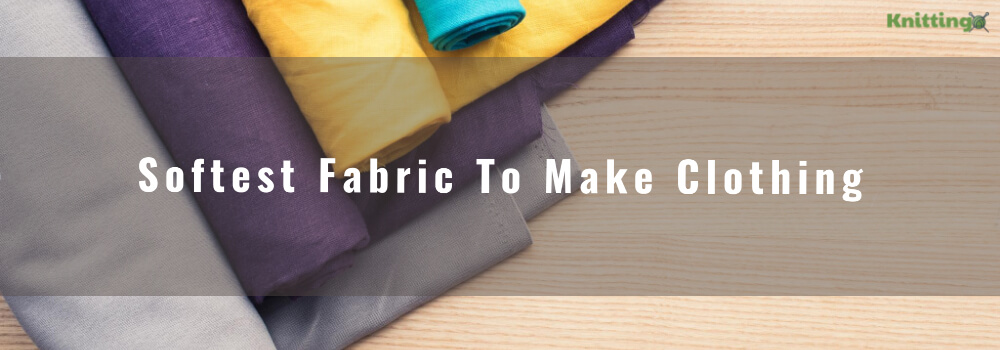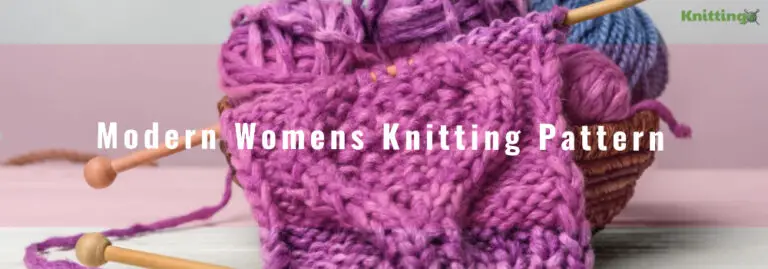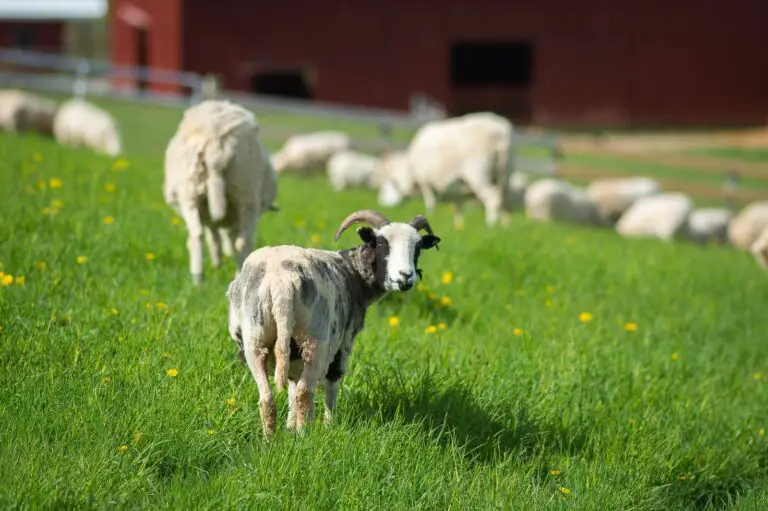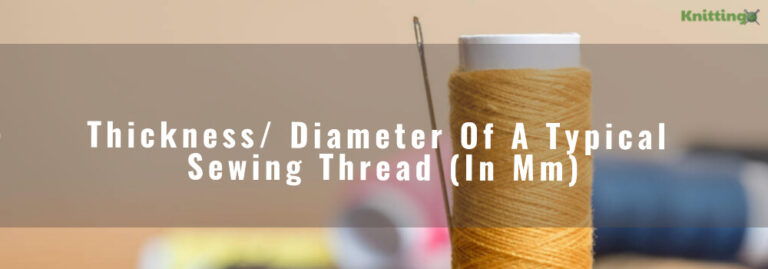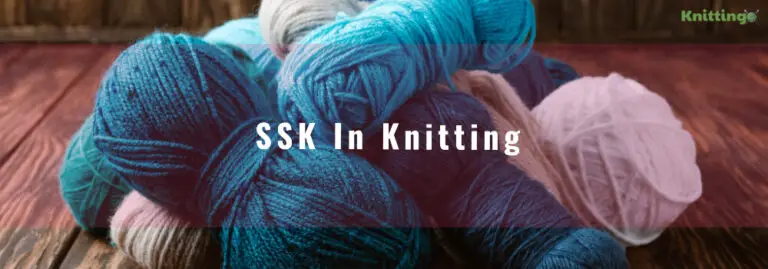A piece of soft fabric is a material that is easily molded and shaped. Fabric-like silk, bamboo, velvet, satin, and cotton are examples of soft fabrics.
Soft fabrics are important to have when creating clothing because they allow for easy movement and fit as well as the ability to make clothes that can be layered or draping materials.
Here Is A List Of The 11 Softest Fabrics With A Detailed Overview:
1. Silk
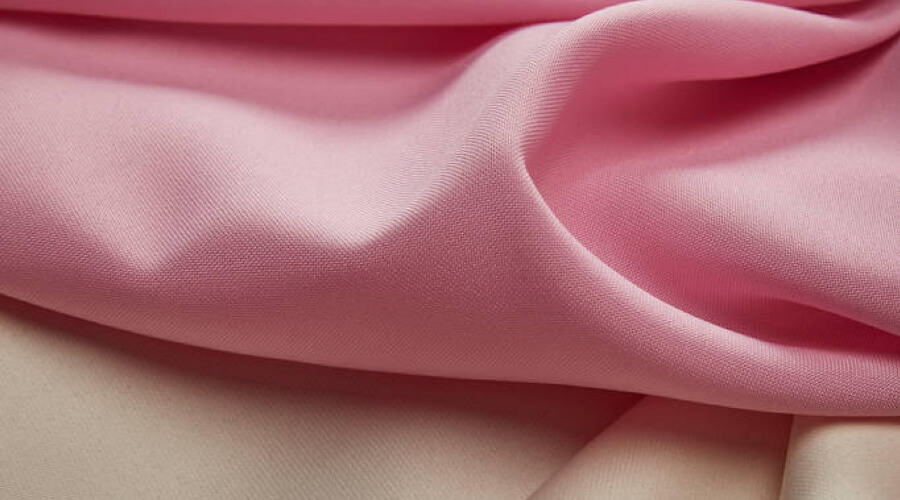
Silk is a highly durable and lustrous fabric that is also very flexible and lightweight. Silk is a type of animal fiber that comes from the cocoons of silkworms.
Silk is a highly durable and lustrous fabric that is also very flexible and lightweight. It has been used for centuries in China and Japan. Silk is a type of protein fiber known as sericin, which forms the shell of the cocoon of the larvae of certain moth species.
Silk has been used in clothing, upholstery, carpets, bookbinding, papermaking, textile dyeing, and other fields because of its versatility, durability, sheen, lustrous properties, and breathability. The best quality silk can be dyed in many different colors but it is difficult to make white silk look like anything other than white.
The fibers are collected by making small cuts into the cocoons with an extremely sharp knife or scissors. They are then combed to separate them from one another before being spun into thread.
2. Cashmere
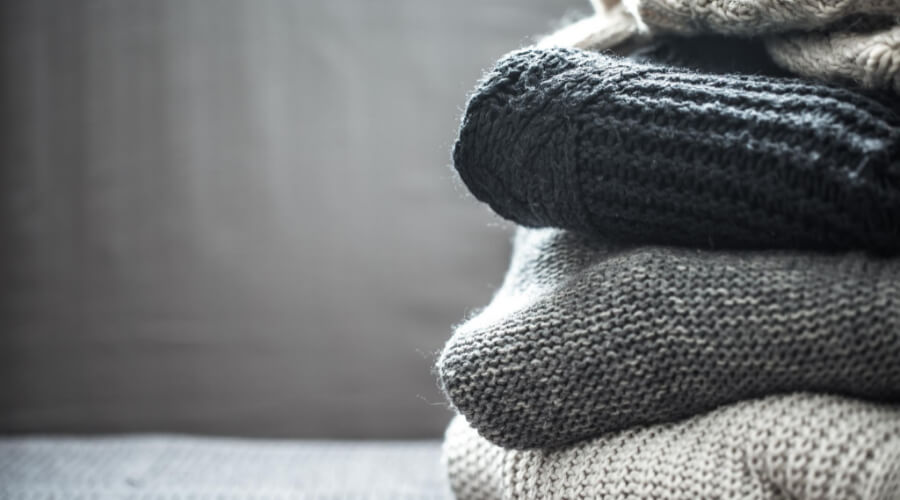
Cashmere is soft, light, warm against the skin, durable with excellent color retention. Cashmere is a type of wool that grows in the area of Tibet and Mongolia. It was originally used as a fabric in the Mongolian and Tibetan nomads.
It is different from other types of wool because it has more fiber per unit weight than any other type of wool. Cashmere fibers are much finer, thinner, softer, and lighter than those of most wools.
It is one of the most luxurious materials that you can find in the world. It’s made from the soft underbelly of sheep, which is then spun into yarn for weaving.
This fiber comes from the soft underbelly of a sheep and is then made into yarn for weaving and thus this kind of material retains colors better than other materials, making it more durable and light.
3. Pashmina
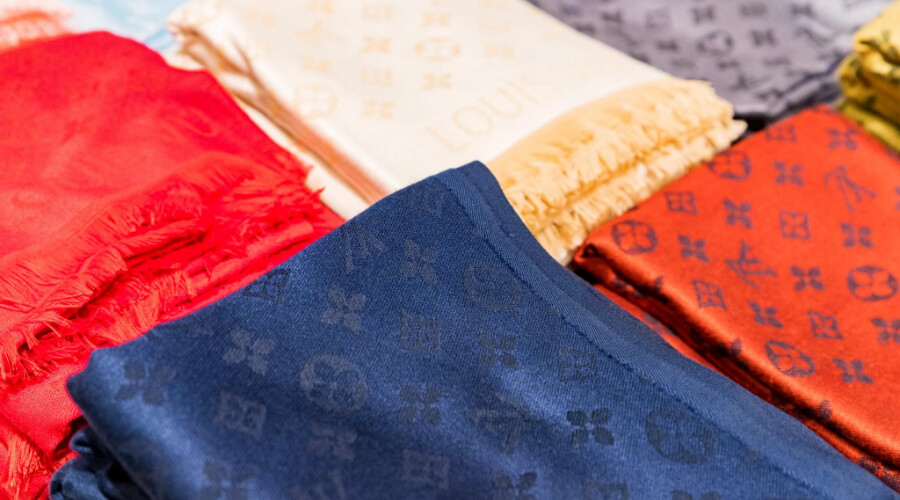
Pashmina is a type of woolen fabric with a light coppery shine that can be hand-knotted or woven in places to create designs.
Pashmina is a type of woolen fabric with a light coppery shine that can be hand-knotted or woven in.
Pashmina is traditionally made in Kashmir, where it’s called shahtoosh. The name comes from the Persian phrase “shah toush” meaning “king of wool” and comes from its high quality.
In recent years, the main market for pashmina has been Europe, where it’s called cashmere. Pashmina has a light coppery shine and can be hand-knotted or woven in various ways, taking on many different looks depending on its size and pattern.
4. Linen
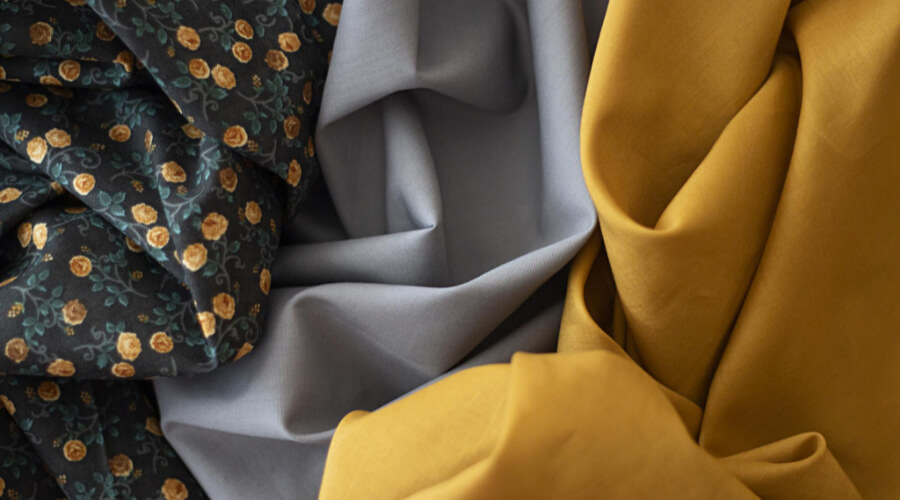
Linen is considered one of the softest materials for clothing because it has little memory and won’t retain creases or wrinkles easily.
The softness of linen is due to its lack of memory, which means it doesn’t retain an impression and has a smooth surface. Linen can be folded up to create a crease much easier than other materials like cotton or polyester. This makes linen the ideal material for packing clothes as they take up less space in travel bags and suitcases.
Linen also easily wrinkles, which allows it to dry faster than other fabrics that tend to become stiff when they dry.
5. Bamboo Fabric
Bamboo fabric is a natural fiber material made primarily from bamboo and can be used for apparel, furnishing, and home decor.
In the past, the Bamboo fabric was mostly found in Asia. However, it is becoming more popular worldwide with its many benefits such as being eco-friendly and durable.
Bamboo is not only a natural fiber but also an eco-friendly alternative to synthetic fibers that are petroleum-based.
6. Micro Modal Fabric
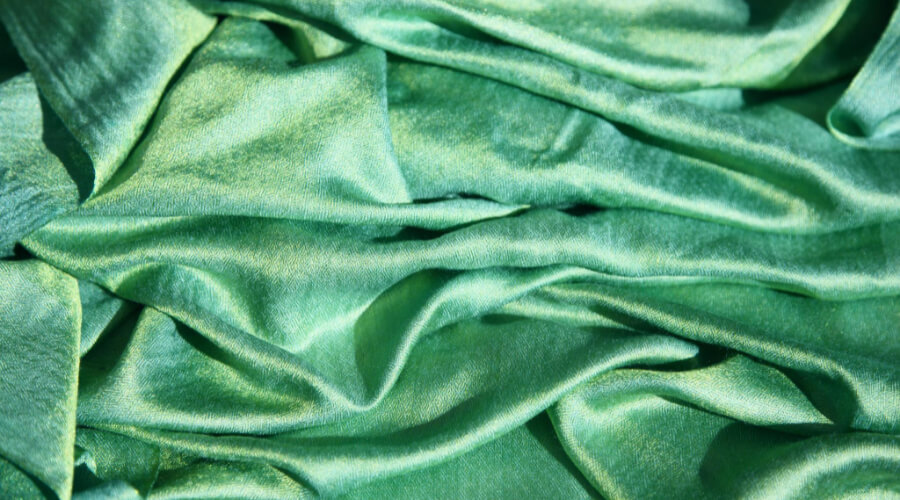
What is micro modal fabric?
Micro modal fabric, also known as microfiber fabric, is a type of fabric made from a fine yarn of synthetic or natural fibers.
Facts on why it is popular:
– Soft and lightweight
– Does not wrinkle or hold odors as cotton fabrics do
– Wear-resistant and durable in the wash
– Breathable and naturally cool to wear in the summertime (no hotter than cotton)
7. Extra-Long-Staple Cotton Fabric
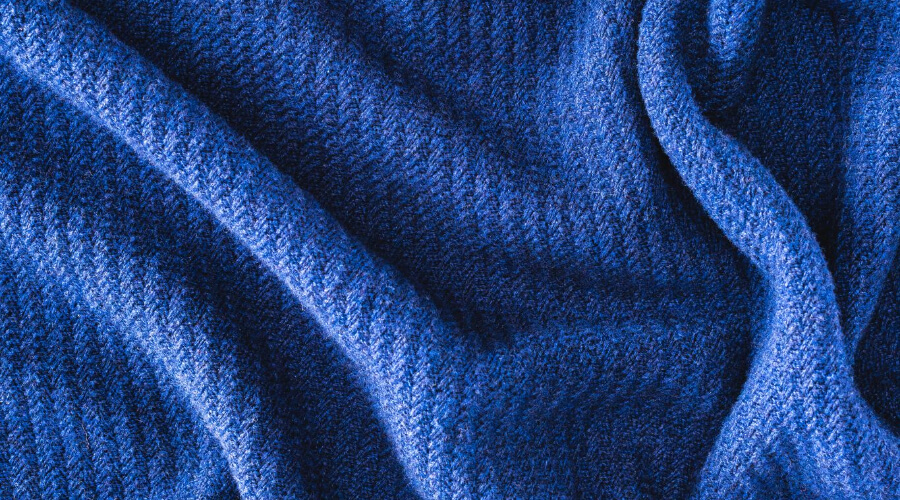
Cotton is one of the most popular textile fibers on the planet. It’s also used in many types of fabric.
Cotton fabric is an extra-long-staple cotton fiber that’s woven with a large number of interlocked loops. It doesn’t fray and it has a long life span. Cotton fabric can be used in uniforms, robes, bed sheets, curtains, etc.
What are extra-long-staple cotton fibers?
Extra-long-staple cotton fibers are woven with many interlinked loops for strength and longevity that makes them ideal for durable garments like uniforms and robes as well as bedsheets and curtains.
8. Vicuna Wool
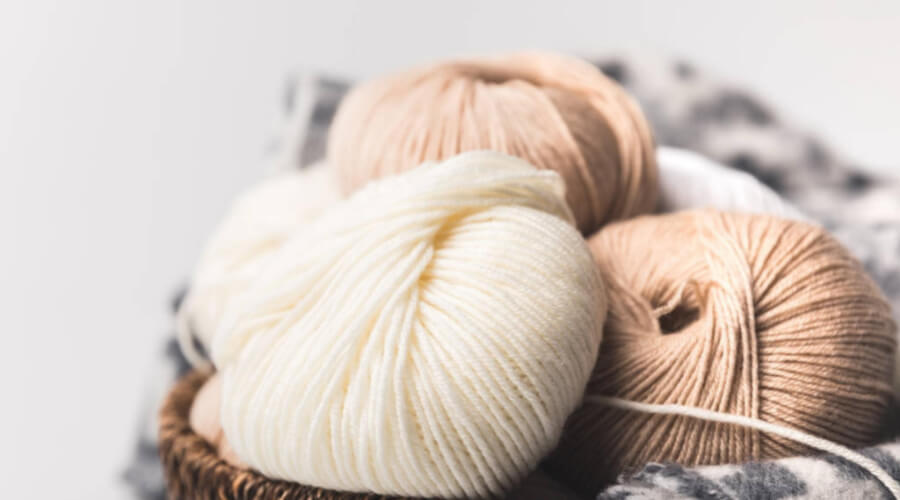
With the use of artificial intelligence, the number of vicuna wool products has increased dramatically. This is due to the fact that it’s not only soft and warm but also looks great when put into different kinds of clothes.
The appeal of this product lies in its high level of durability and versatility. It’s light, soft, fine, and warm.
However, as it is made from animal fibers – which means that it doesn’t have a lot of colors – you can only find it on high-end brands like Hermès or Louis Vuitton.
The global demand for this luxury item is expected to reach over $10 billion by 2020 because of its unique properties and its aesthetic value.
9. Guanaco Fabric
Guanaco fabrics are typically woven from a very soft llama fur. The fiber is naturally hypoallergenic and has inherent antimicrobial properties because of the oils that are in the fur. These qualities make them ideal for clothing.
The guanaco fabric is most commonly found in Peru, Bolivia, and Chile, but it can also be found in other countries as well.
10. Shahtoosh
Shahtoosh is a delicate, rare fabric that comes from the undercoat of an antelope. It is made by hand by specially trained artisans in India and Nepal. The process takes about ten hours to complete.
It is believed that this fabric was woven from the fur of an antelope that protects them from extreme cold weather conditions of Himalaya. It has been used as an emblem for many centuries and has a long history.
The shahtoosh has been on the endangered species list since 2003 and it’s illegal to hunt these animals for their raw materials, even within their protected habitat areas. Illegal poaching happens throughout Tibetan regions where a high level of awareness still exists about the existence of this rare fabric.
11. Cervalt
Cervalt is another sort of fiber that has a natural origin.
The importance of these fibers is rising with the increased demand for fiber that is natural, sustainable, and non- GMO.
The importance of these fibers is rising with the increased demand for fiber that is natural, sustainable, and non-GMO. These fiber cells are also called lignin, and they make up a major part of every plant cell wall.
Cervalt originates from the bark of some trees in South America. It has been used as fuel in rural areas for decades now because it can be easily converted to biofuel that runs on charcoal. The only disadvantage to using cevalt as fuel is the production process itself which takes a lot of time and effort even after being used in an eco-friendly way to avoid deforestation.
FAQ
What Is The Super Soft Fabric Called?
“Super soft fabric” is a blanket term used to describe a type of fabric that feels incredibly soft, melts off your skin, and gives you goosebumps.
In general, super soft fabric refers to a type of fabric made with an exceptionally high thread count. The higher the thread count, the softer and smoother the fabric will feel. The super-soft material is also more expensive than other fabrics because it takes longer to produce.
Although they are expensive, super soft fabrics can be found in many places such as designer clothing or comforters for beds.
What Is The Most Comfortable Fabric?
The most common fabric people were found to be comfortable with was cotton. As for the least, people were most likely to say silk.
What Is The Softest Material For Pajamas?
Pajamas are a popular choice for sleeping in during the cold winter months. However, it can be difficult to find the softest materials for pajamas.
Some people opt for silk pajamas, but they may feel a little too hot during the summer months. For those who want something a little less heavy, cotton pajamas are an excellent choice as they allow more air to flow through them than silk does.
Quality cotton fabric is also a better option in terms of durability and comfort over synthetic fabrics such as spandex which may not be as comfortable or durable in the long run.
What Are The 3 Types Of Fabric?
There are 3 major types of fabric: cotton, silk, and linen.
Cotton is a plant-based fiber used in clothing and other textiles. Silk is made from the fibers that grow on the cocoons of the domesticated silkworms. Linen is made from flax that has been processed in a way to remove the coarse outer fibers but leave behind two fine inner fibers.
What Is The Softest Cotton Fabric?
Cotton is a fabric that is widely used in many products such as garments, bedding, and curtains. It is known for being the softest of all-natural fabrics.
Softest cotton includes many different types of cotton including Egyptian cotton, Pima Cotton, and Sea Island Cotton among others. The difference between these types of cotton is how they are processed during their production process.
What Fabric Is Best For Hot Humid Weather?
Humidity is the amount of water vapor in the air. It is hotter and more humid when there is more moisture in the air. Humidity can have a significant effect on how well people feel because it causes them to sweat more frequently.
The best fabric for hot humid weather is something that will keep you cool, fresh, and light. If you’re looking for a quick way to stay dry when outside in warm & humid weather then opt for lightweight fabrics like cotton or linen.
When choosing fabrics for hot humid weather, it is important to consider what type of activities you’ll be doing during your time outdoors or indoors. if you’ll be working out then choose lightweight fabrics that will allow your body to cool down quickly and easily while being able to move freely without feeling too restricted by your clothing.

